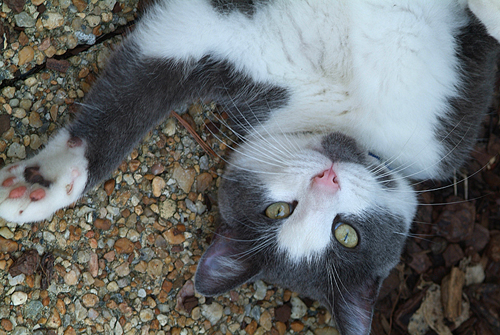This is one my favorite garden photos. Sue grew one of the Mammoth Russian sunflowers last year and called me over to record it. I would like to claim that I saw this little bee “coming in for a landing,” bee’s knees bent for impact, but that would not be true. I was shooting madly as the afternoon light was fading. It wasn’t until I browsed the images later that I noticed this little guy in flight. I had gotten numerous other shots with the bees already in place, gathering pollen, but this was pure serendipity.
© Cindy Dyer, All rights reserved. www.cindydyer.com/GardenPhotos
I did a little research (not surprised, are you?) on the origin of “bee’s knees” and found some interesting tidbits:
http://www.phrases.org.uk/meanings/the-bees-knees.html
And, speaking of sunflowers, here are some interesting facts:
—The scientific word for sunflower is Hellianthus, referring to the ability of the sunflower bloom to follow the sun from sunrise until sunset. The word is derived from helios, meaning sun, and anthos, meaning flower.
—Argentina is currently the largest grower of sunflowers.
—The sunflower is grown for the seeds and oil it produces.
Each mature flower yields 40% of its weight as oil.
—The tallest sunflower grown was 25 feet tall and grown in the Netherlands.
—The largest sunflower head was grown in Canada and measured 32.5 inches across its widest point.
—The shortest mature sunflower was just over 2 inches tall and grown in Oregon using a bonsai technique.
—Sunflower stems were used to fill lifejackets before the advent of modern materials. —Low-pollen sunflowers have been developed in recent years which not only helps asthma sufferers, but extend the flower’s life.
—The flower was cultivated by North American Indians for many years as a food crop.
— The sunflower is not one flower, but a cluster of more then 2000 tiny flowers growing together.
— The sunflower is the state flower of Kansas and the national flower of Russia.
— The French word for sunflower is tournesol, or literally “turn with the sun.”
—The sunflower has been around for at least 8,000 years. Archeologists believe that Native American cultivated sunflowers as early as 2300 B.C., well before corn, beans, and squash.
—There are over 2,000 varieties of sunflowers identified to date. Unfortunately, many varieties have not been located and may be extinct.








Recent Comments